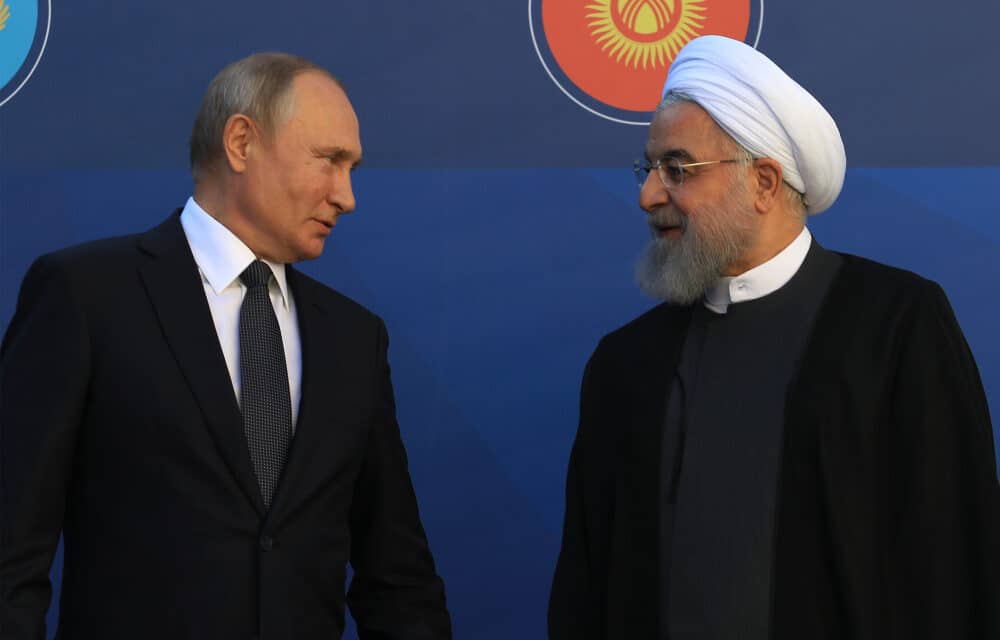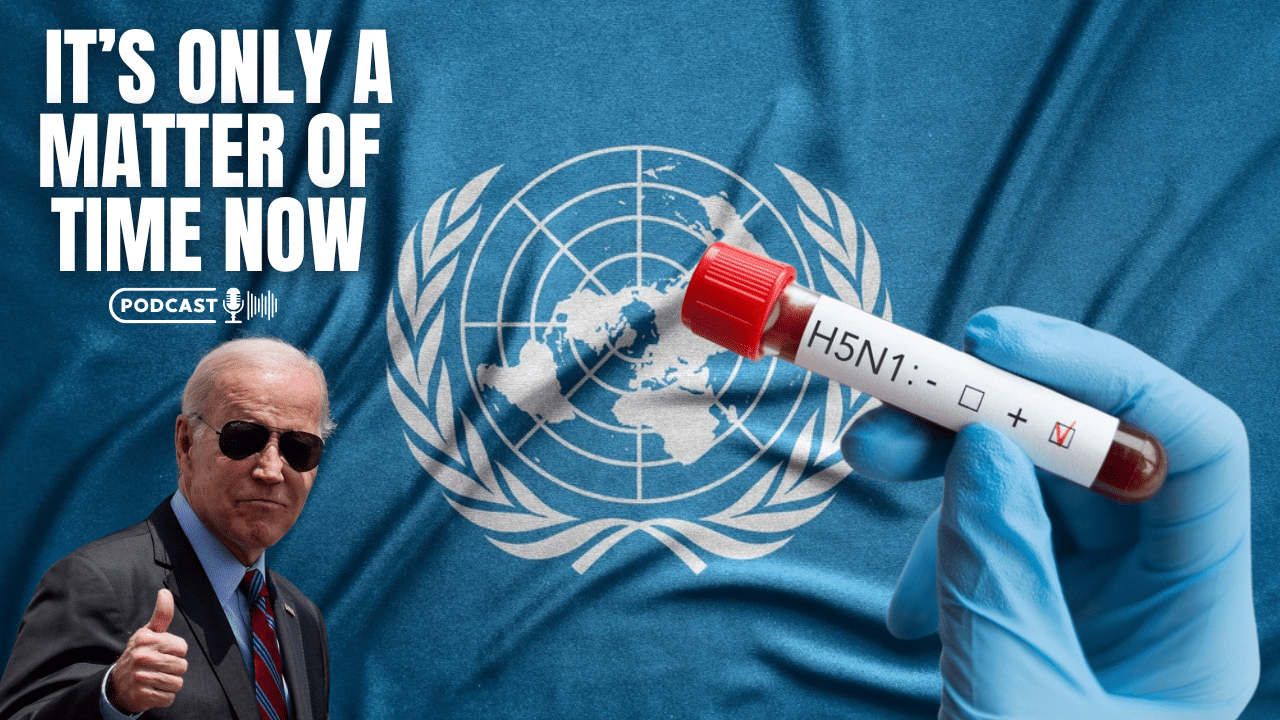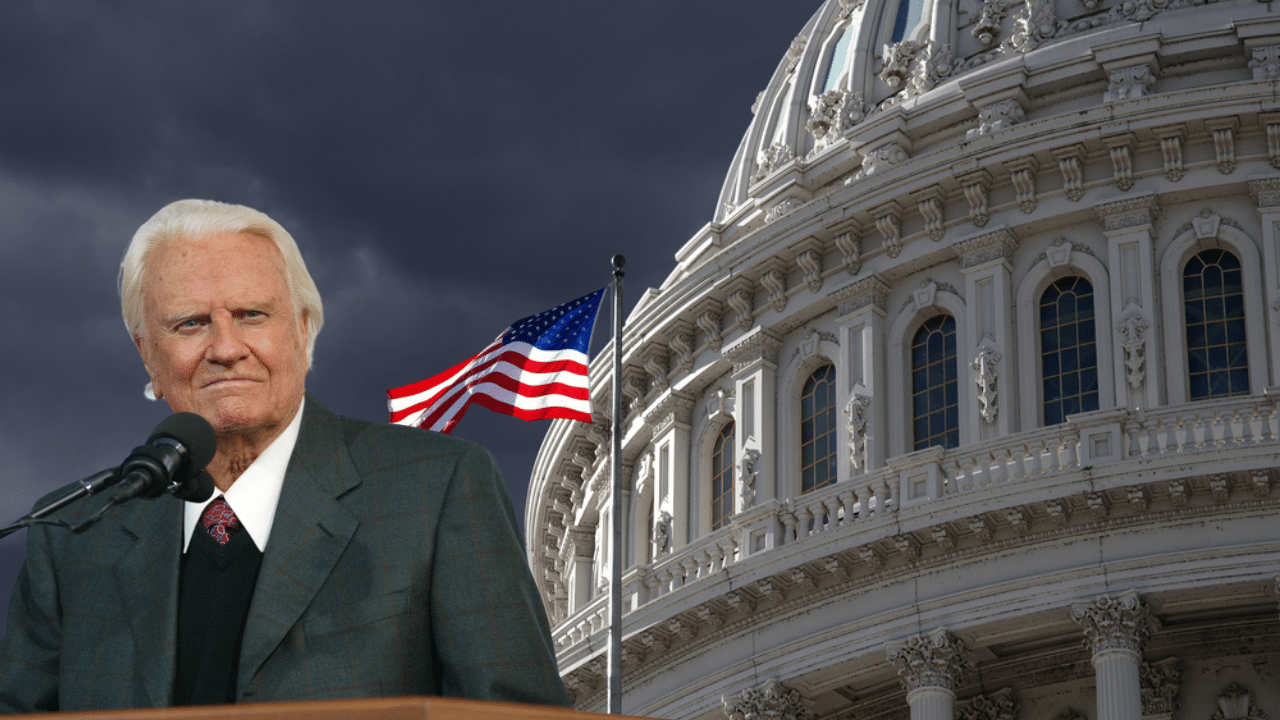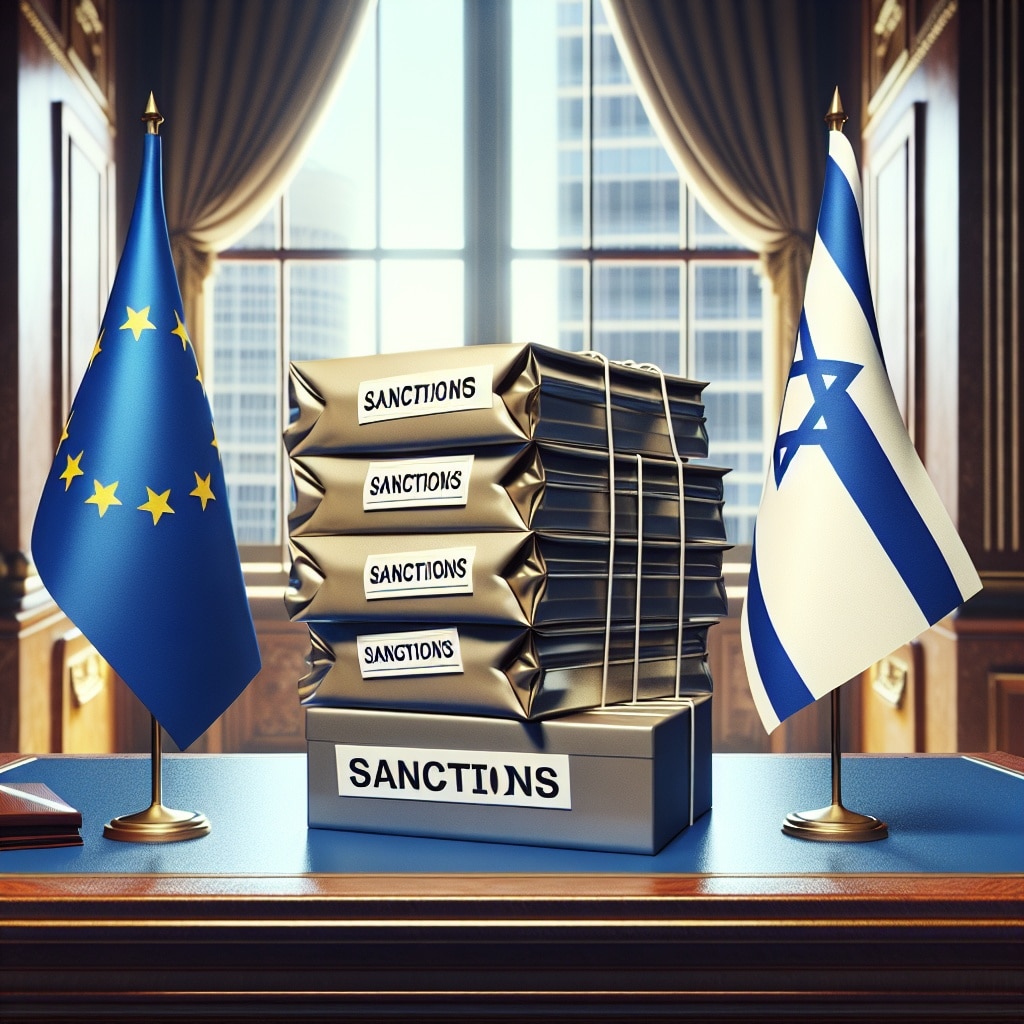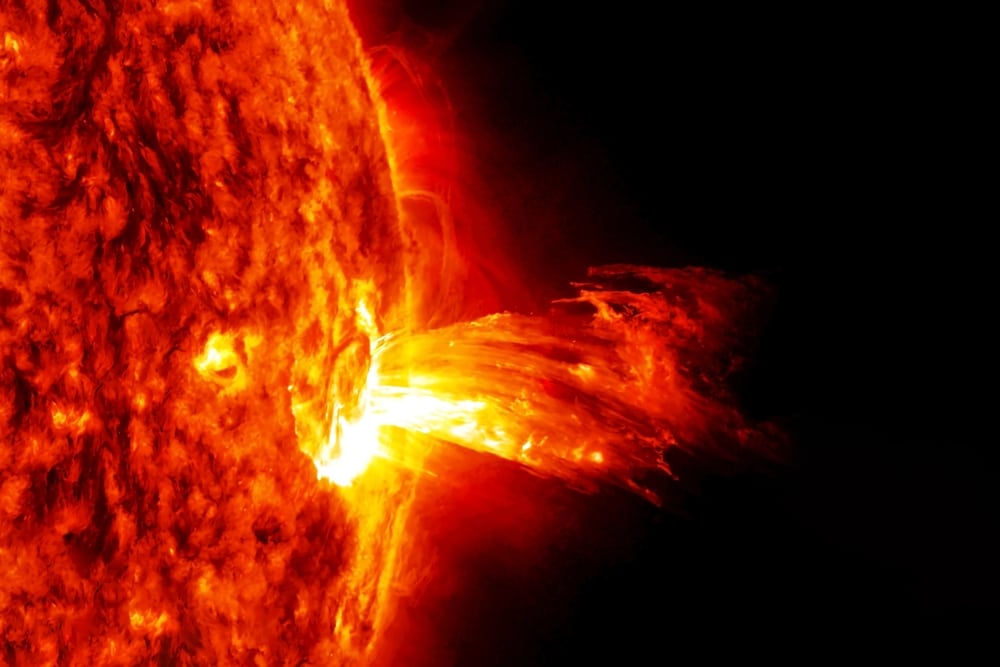(OPINION) In 1521, the Grand Duchy of Muscovy and the Safavids established formal diplomatic relations after centuries of Medieval commercial trade between the two Central Asian regions. Five hundred and one years later, Moscow and Tehran once again are forging ahead with a deepening of military and economic ties —
and into a strategic alliance that is morphing well beyond the mutually beneficial tactical “coordination” we’ve witnessed to date in Syria. Russian President Vladimir Putin, now effectively isolated from the West after launching his “special military operation” in Ukraine, is compelled to expand ties with existing allies — and Iran is now, out of exigency, a Kremlin priority.
History does not portend a good ending to this renewed effort — not for U.S. national security or for key U.S. allies in the Middle East, including Israel, Egypt and Saudi Arabia. Coinciding with Muscovy’s development of bilateral exchanges with Tehran spanning the 15th to 18th centuries was the rise of Twelver Shi’ism (also known as Ja’afari). Today, Twelver is the predominant branch of Shi’ism, the second largest sect of Islam that was heavily radicalized by the ayatollahs who were led by Ruhollah Khomeini after the Iranian Revolution.
Once in power in Tehran after the fall of the last shah, Mohammad Reza Pahlavi, the ayatollahs seized upon this radicalization to solidify their hold on Iran and to turn a theological schism, “simmering for 14 centuries,” with Sunni Muslims, the largest branch of Islam, into a violent one. This has led to repeated deadly conflicts — including in Syria and Iraq mostly recently, the Iraq-Iran War (1980-88), nonstop in Yemen, and the ongoing kinetic clash with Sunni Saudi Arabia for primacy of Islam.
Nor is this widening schism going away soon. Not with a militant Shia theocracy regime constitutionally firmly in control in Tehran. Chapter I, Article 12 of the 1979 Constitution of the Islamic Republic of Iran enshrined into law that “The official religion of Iran is Islam and the Twelver Ja’afari [doctrinal] school” and that this “principle is immutable.” Radicalized Twelver Shi’ism theocracy has been solidly welded to militant Iranian nationalism ever since.
Enter Putin and the Kremlin. To date, Moscow’s need for Iran has been one of tactical convenience. Now it is one of dire strategic necessity given Putin’s faltering war in Ukraine. Putin underscored this new (and humiliating) reality by making a “rare” out-of-country trip to Iran on July 19 to meet with Turkish President Recep Tayyip Erdoğan and Iran’s Supreme Leader Ayatollah Ali Khamenei.
Khamenei rewarded Moscow by selling Putin drones for use in Ukraine — likely, the Wall Street Journal reports, Iran’s “Shahed-129, a [kinetic] Predator-style drone with a range of 1,000 miles” and/or the “Shahed-191 with a shorter range of 300 miles.” But at what true cost? And to whom? According to the Biden administration and U.S. intelligence agencies, the Iranians are training “Russian officials” and it is a certainty that Khamenei demanded far more than just continued tactical cooperation in Syria in support of Bashar al-Assad’s regime.
Arguably, Washington, Jerusalem, Cairo, and Riyadh already know the likely price. Tehran wants a free hand from Moscow in pursuing nuclear weapons, regardless of any agreements, Iran may subsequently enter with the United States, Russia, the International Atomic Energy Agency (IAEA), and other affected parties. The cost to the U.S. and its allies is that Putin, wittingly or not, might be setting the table in the Middle East for a future nuclear conflagration and/or elsewhere, including Los Angeles, New York City or Washington — if you will, a “Red Armageddon.” READ MORE

